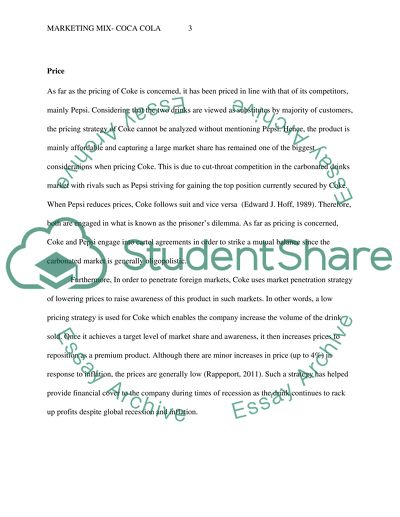Cite this document
(“Marketing Mix: Coca Cola Essay Example | Topics and Well Written Essays - 2000 words”, n.d.)
Retrieved from https://studentshare.org/marketing/1477440-marketing-mix-coca-cola
Retrieved from https://studentshare.org/marketing/1477440-marketing-mix-coca-cola
(Marketing Mix: Coca Cola Essay Example | Topics and Well Written Essays - 2000 Words)
https://studentshare.org/marketing/1477440-marketing-mix-coca-cola.
https://studentshare.org/marketing/1477440-marketing-mix-coca-cola.
“Marketing Mix: Coca Cola Essay Example | Topics and Well Written Essays - 2000 Words”, n.d. https://studentshare.org/marketing/1477440-marketing-mix-coca-cola.


